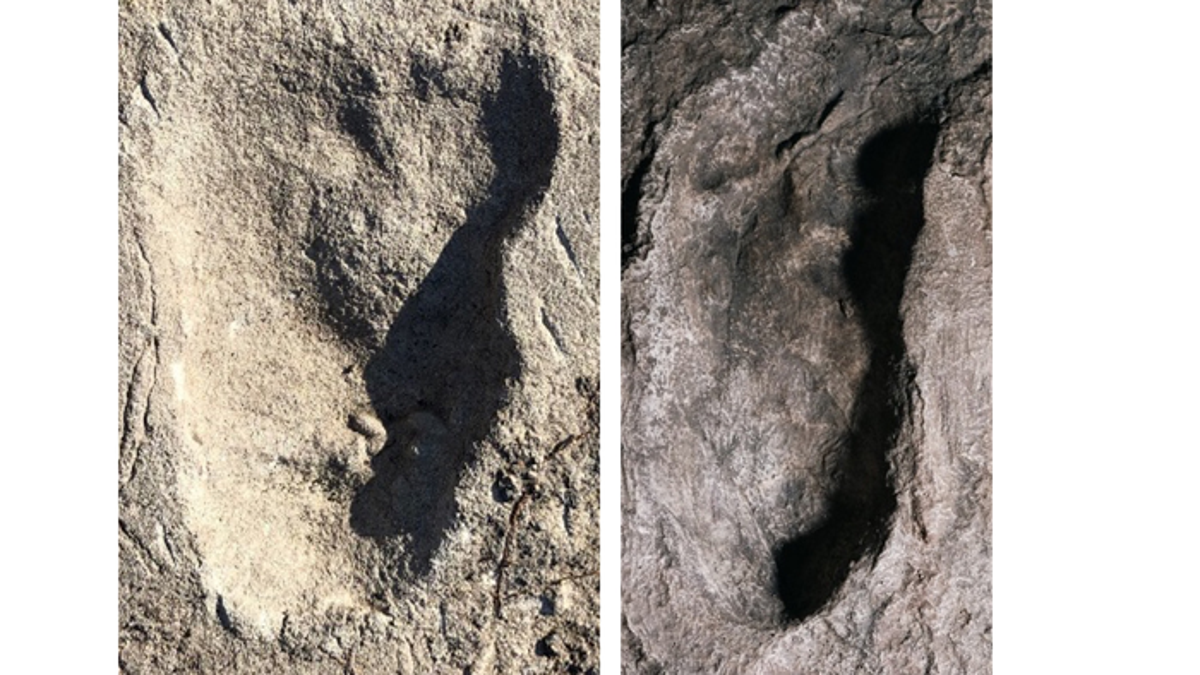Articles for Hominin, search results for footprints

3 weeks, 5 days ago

3 weeks, 5 days ago

3 weeks, 6 days ago

3 years ago
